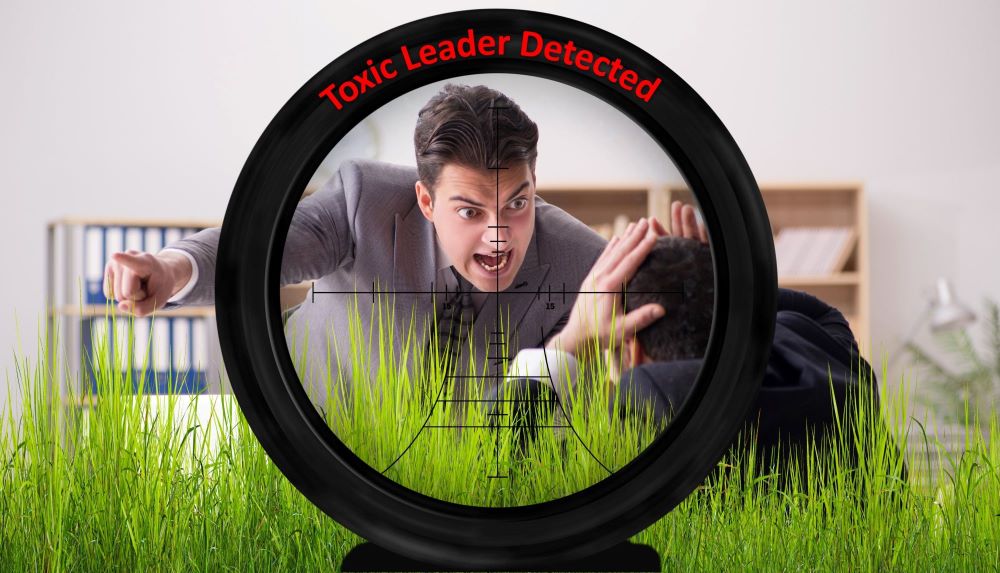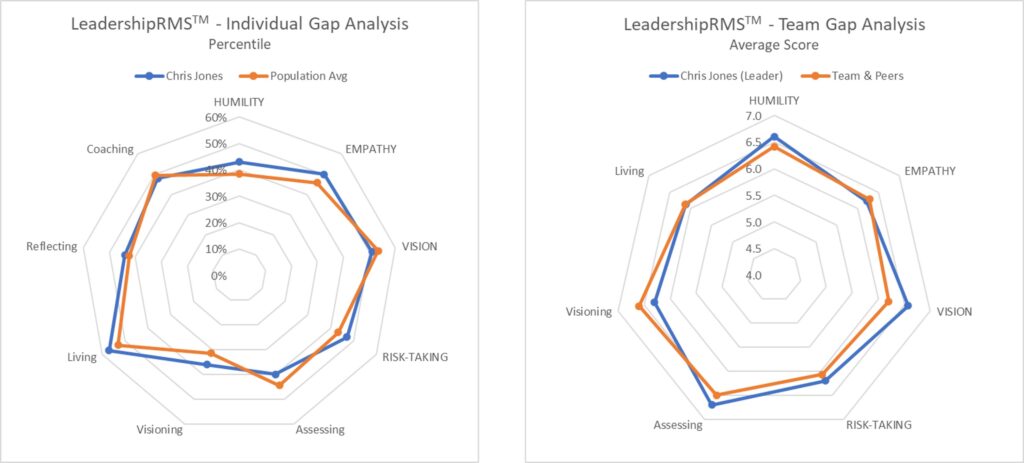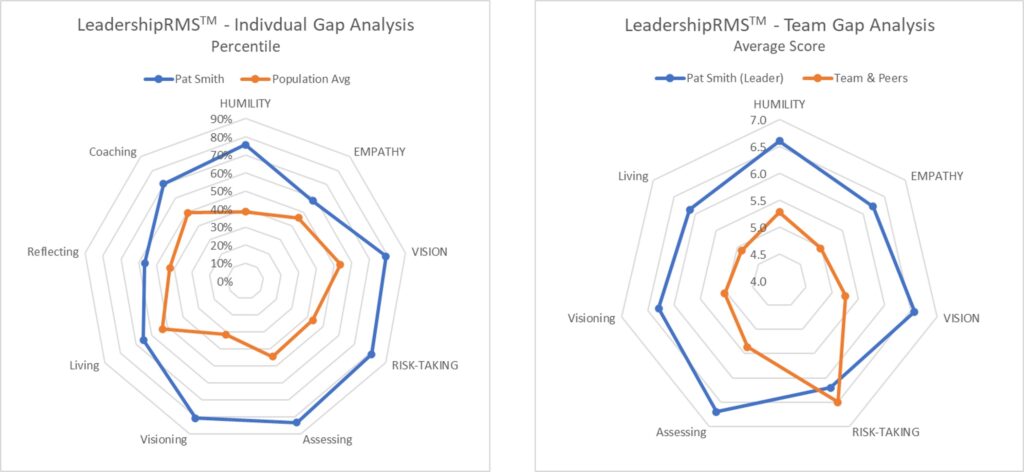
Our LeadershipRMSTM Toxic Leader analytics component helps organizations identify toxic leaders in their ranks. Toxic leaders are like weeds in your garden or lawn. If you don’t remove them right away, they will infest your entire organization resulting in stifled growth, reduced morale and the departure of quality employees.
Toxic leaders are everywhere, whether organizations want to admit it or not. They can be found in organizations with as little as 100 employees or found in multitudes in larger ones. Unfortunately, they are ignored and allowed to choke the growth of those around them, namely, their subordinates and their peers. They are usually accepted and described in satisfactory terms such as hard-working, results-driven or persistent. On the surface, these traits could describe great employees, but when taken to the extreme, they result in negative outcomes, such as abuse, intimidation and manipulation.
- Coach them for improvement, if they are salvageable
- Council them to move on
Many organizations turn to observation and performance reviews to identify toxic leaders. Some use 360 reviews to identify them. The problem with 360 reviews is that they are not completely anonymous. Since most responses are text-based, readers can usually determine who provided a comment based on writing style or previous comments which can lead to retaliation. Reviewers may also be intimidated by the leader and not provide honest feedback. Lastly, the comments are open to interpretation by the person or persons reading the feedback.
LeadershipRMS 360TM is a more effective method as it is quantitative-based and completely anonymous. Reviewers answer questions about a person’s leadership behavior using a 7-point Likert scale. This proprietary tool has been used to assess individuals for 6 years while creating a statistical data pool to benchmark the leader’s results against. The tool is also used to measure the leader against the team’s perception of their leadership and against external and internal organization level data. This provides a comprehensive picture of the leader, enabling the organization to identify potential toxic leaders and take action.
The charts below present what a well-functioning leader’s profile should look like. On the left, the leader is compared to the statistical population average. Small gaps above and below exist throughout the profile. On the right, the leader is compared to their team’s perception of their leadership behaviors. Again, small gaps above and below are expected.

Toxic leaders on the other hand will usually present as being out of sync with the population average on many if not all of the dimensions (below left). In most cases, rating themselves much higher than the population average, as toxic leaders usually have an exaggerated perception of their leadership abilities. They will also present with significant gaps between how they assess their leadership behaviors versus how their team (direct reports and peers) perceives their leadership. Their team may rate them a lot lower on many of the dimensions, especially on humility and empathy, as well as potentially higher on risk-taking (below right). In this case the leader may perceive their behavior as normal, while the team perceives it as risky. Both situations require further investigation by the organization.

Organizations have no excuse to continue accepting toxic leadership. Using a data-informed approach that will support the hard choices that need to be made, they can now identify and “weed out” these #toxic leaders for the betterment of the organization.
Contact us today to schedule a demonstration of our LeadershipRMS 360TM analytics component.
Additional Reading:
- The Impact of Toxic Leaders on Your Organization
- Weeding Out Toxic Leaders in Your Organization
- Hunting for Toxic Leaders in Your Organization
- Tales From the Leadership Front: The Negative Impact of Toxic Leaders
LeadershipRMSTM Overview | Individual LeadershipRMSTM
Team LeadershipRMSTM | Organization LeadershipRMSTM
Request Additional Information


